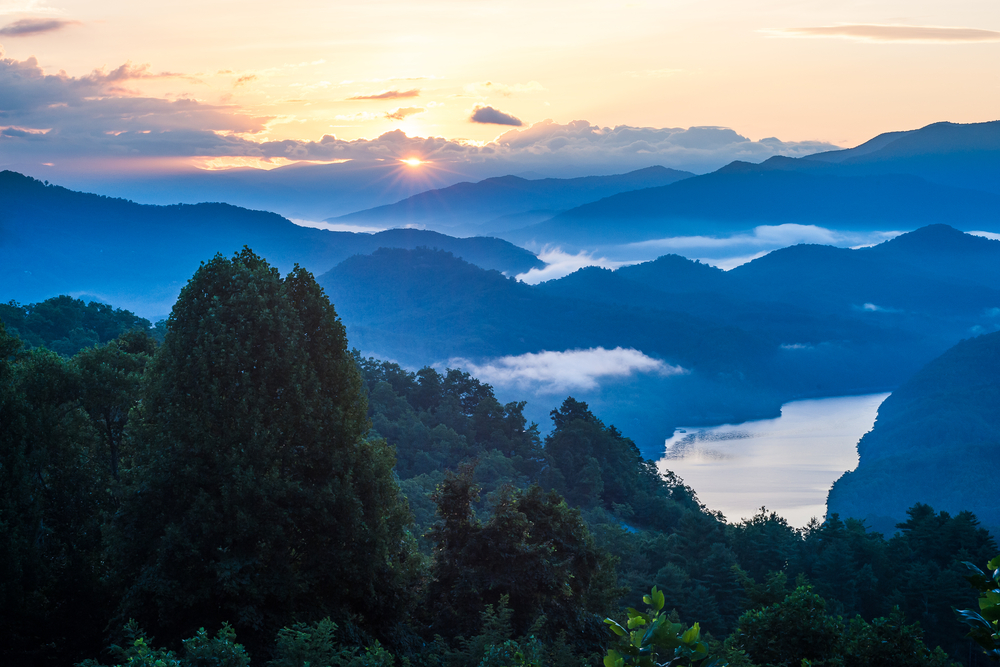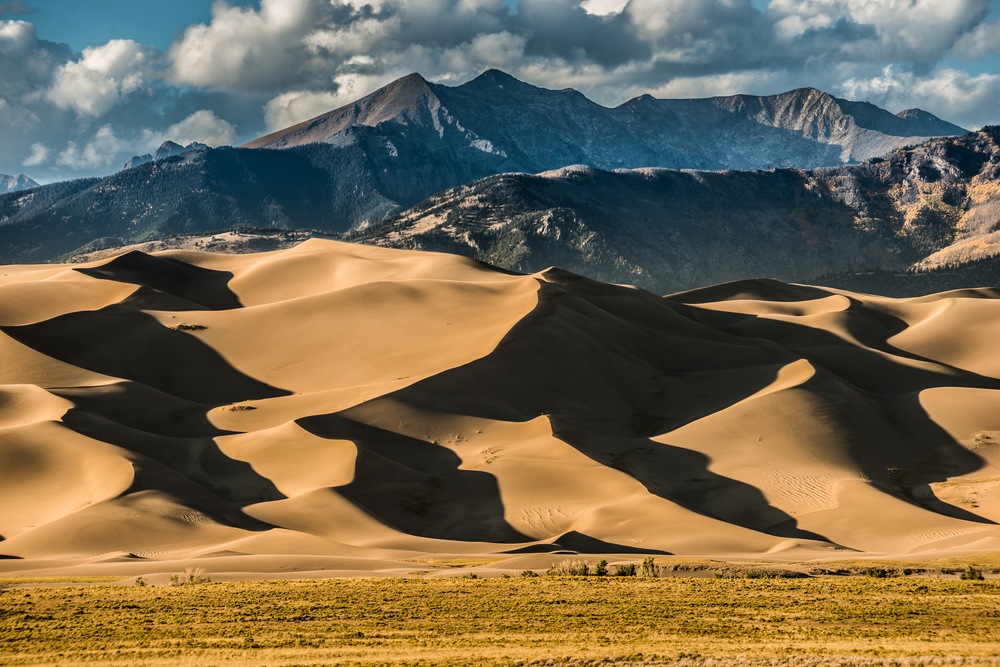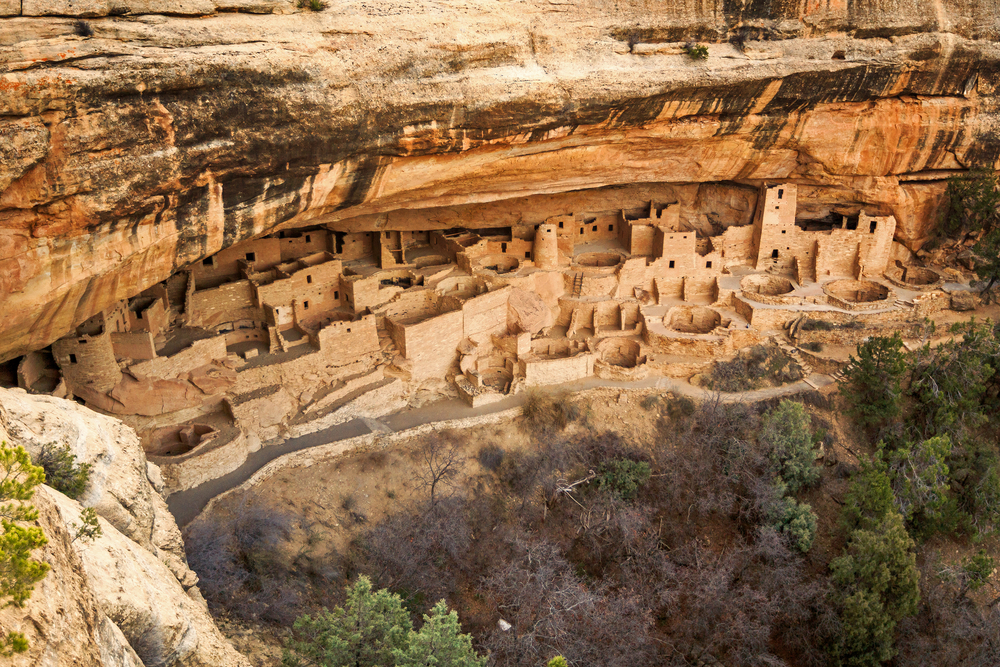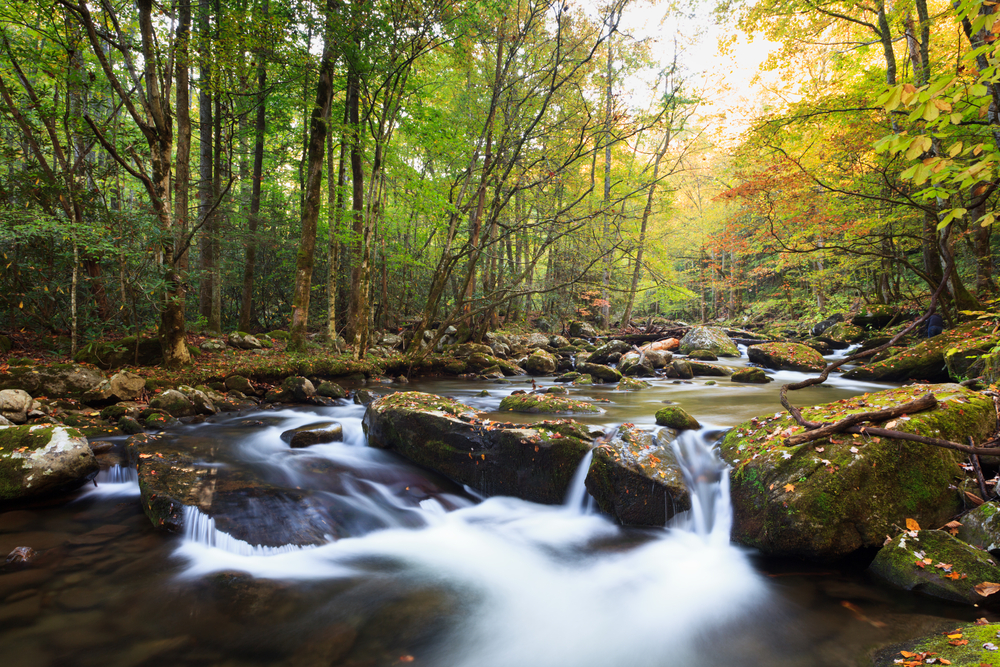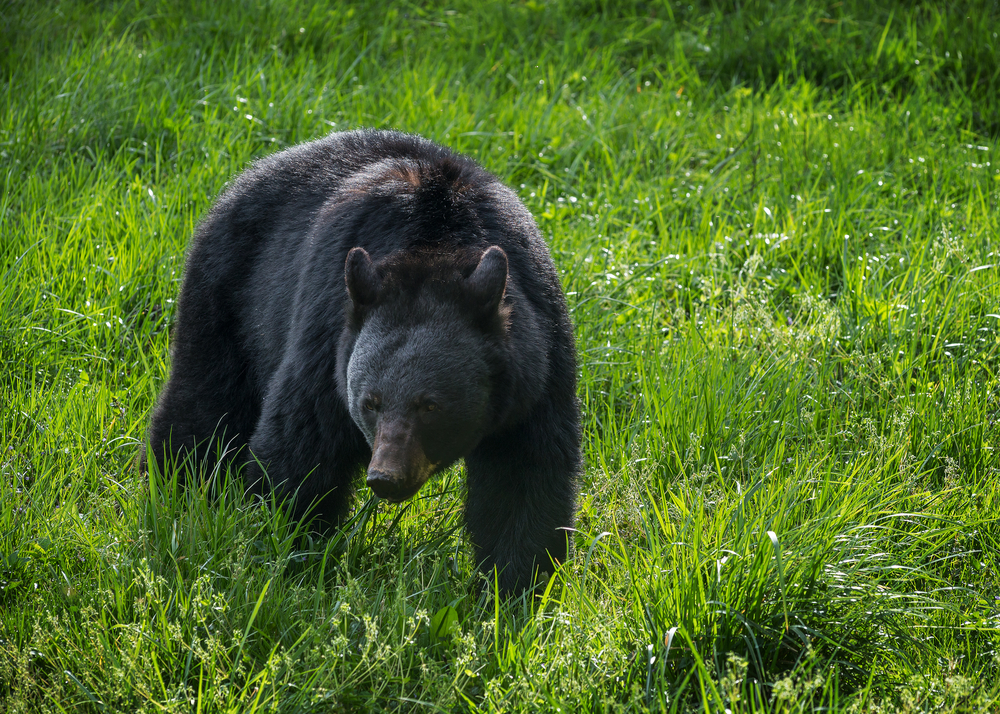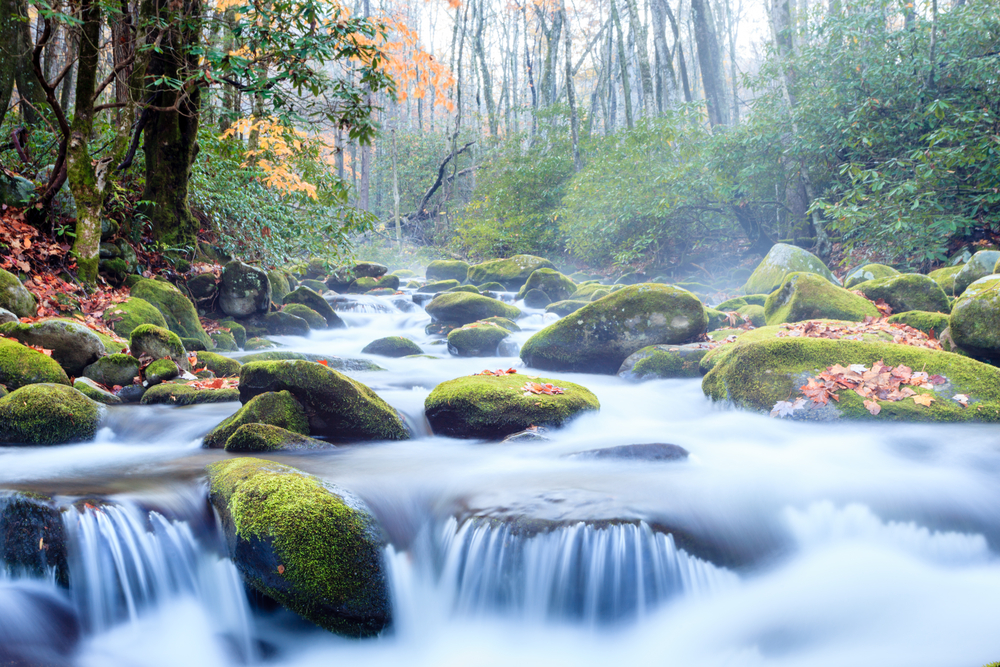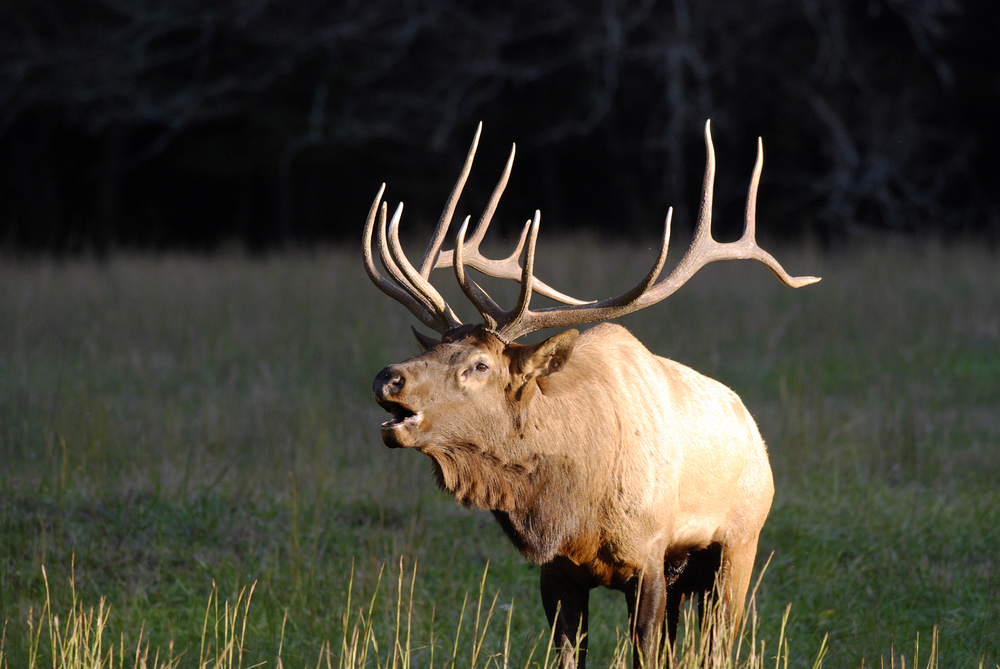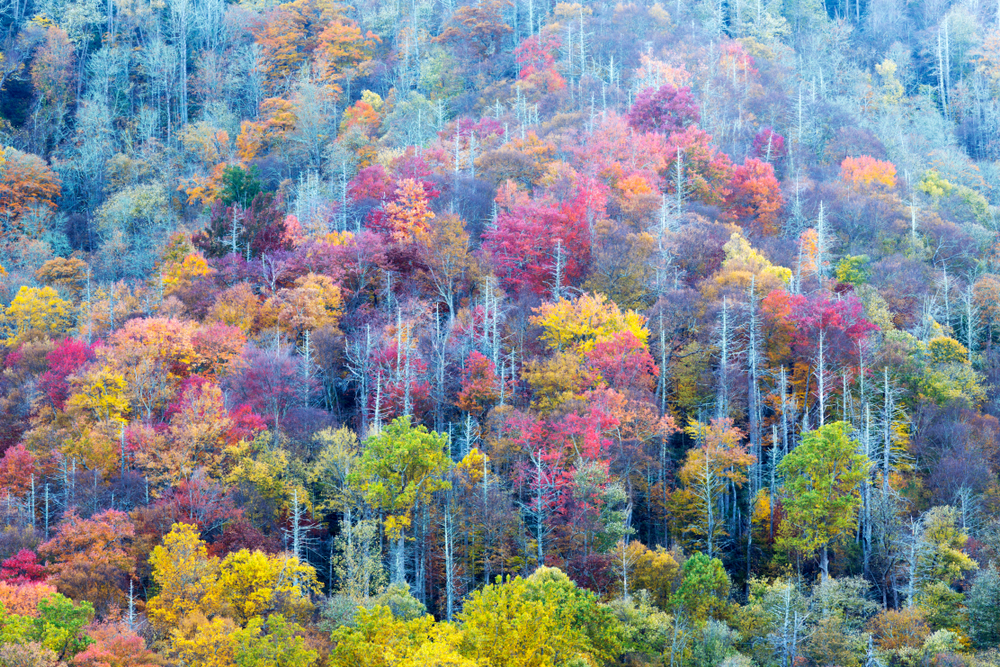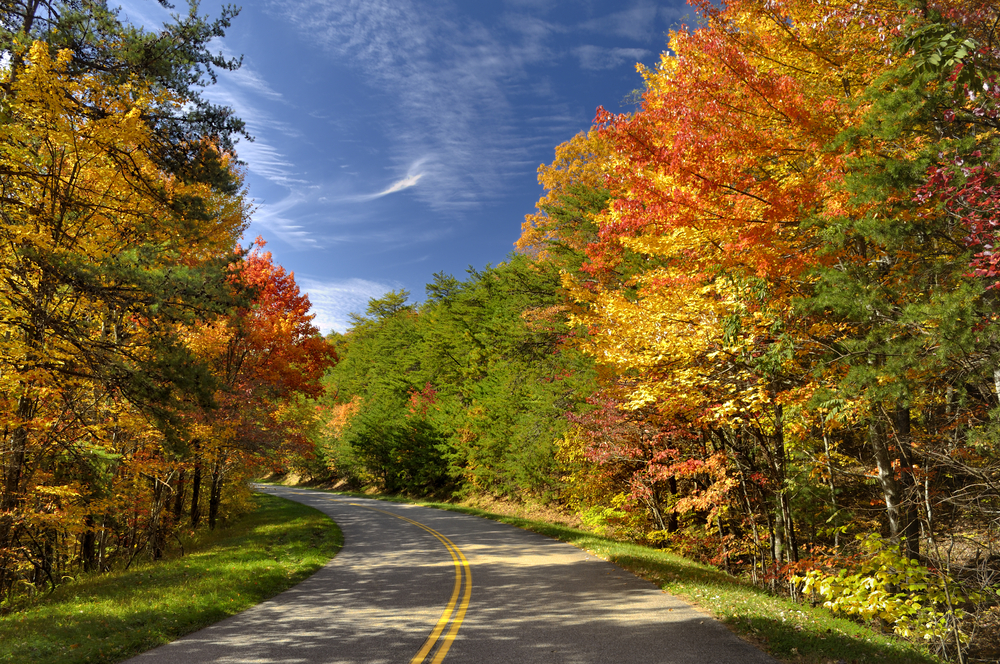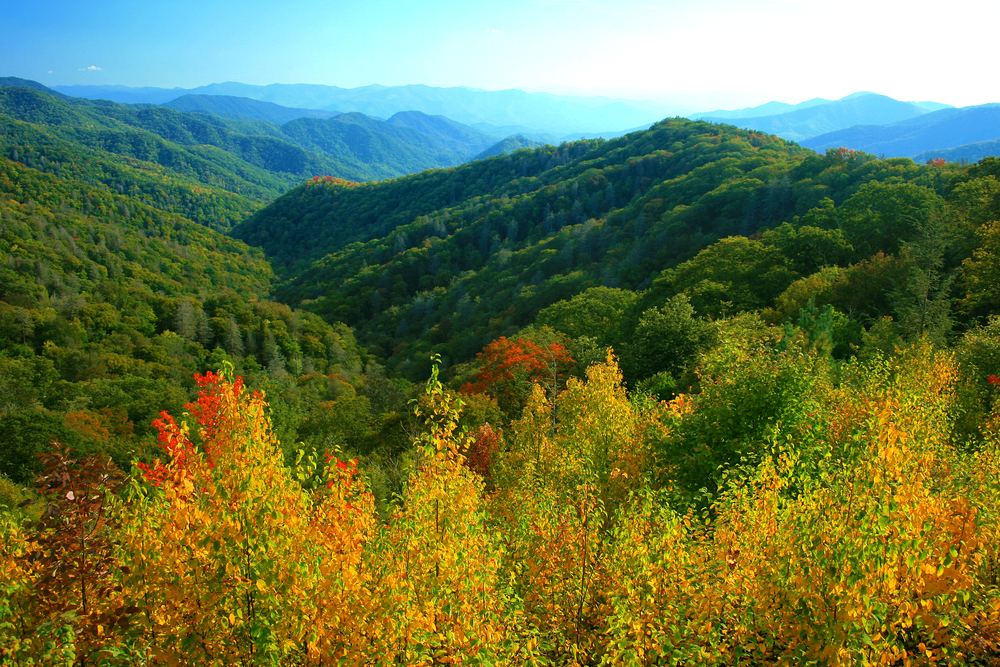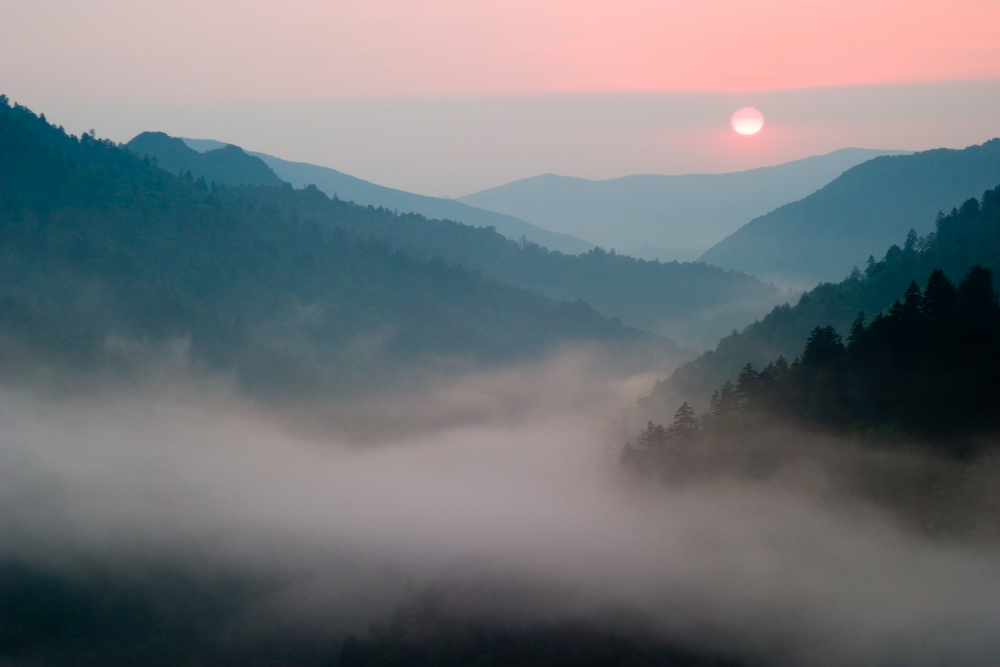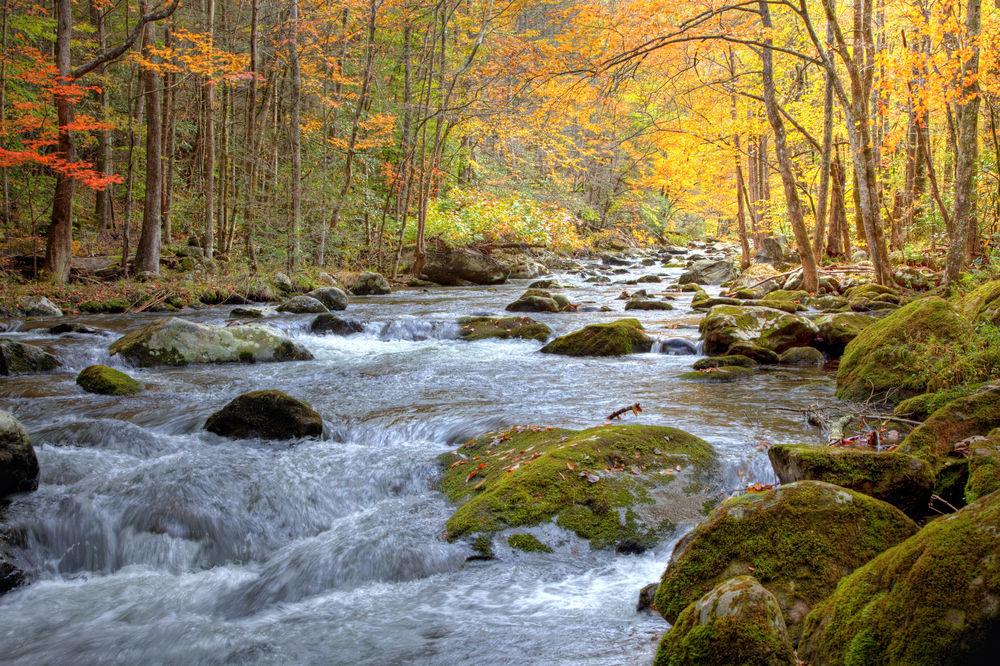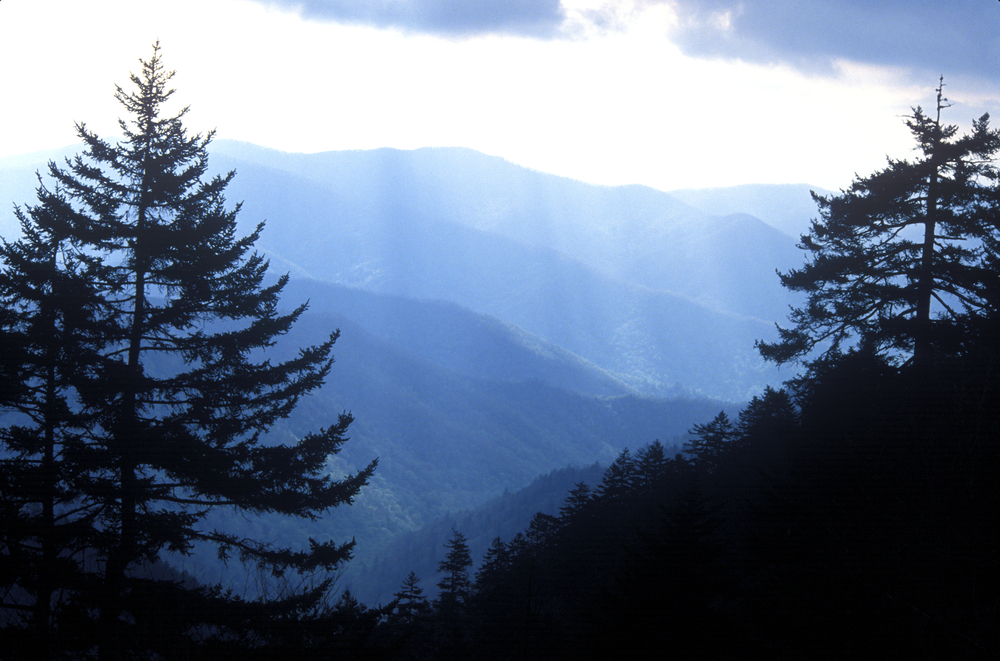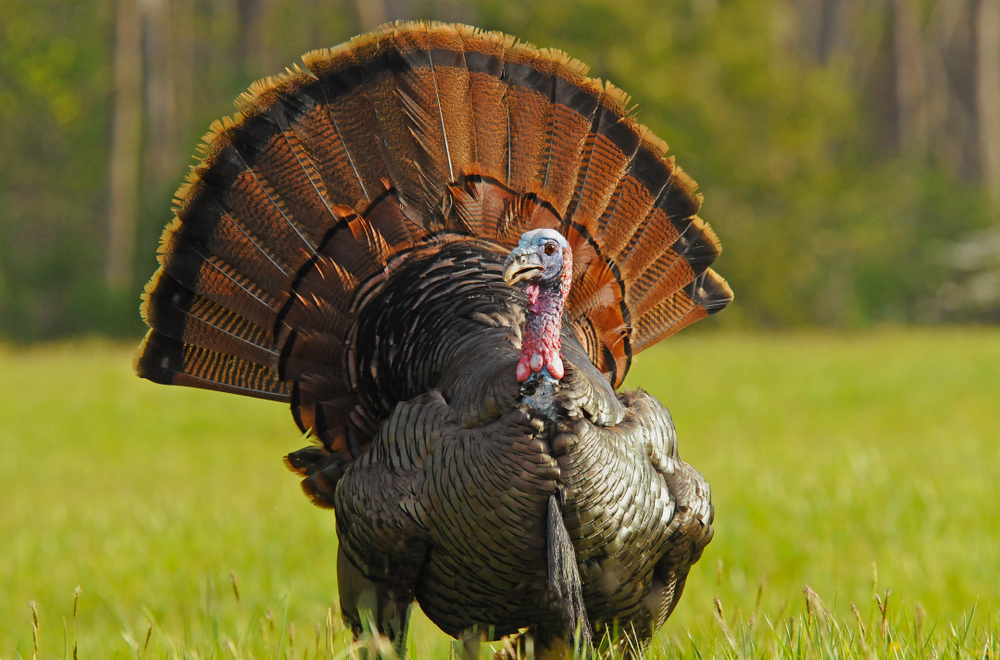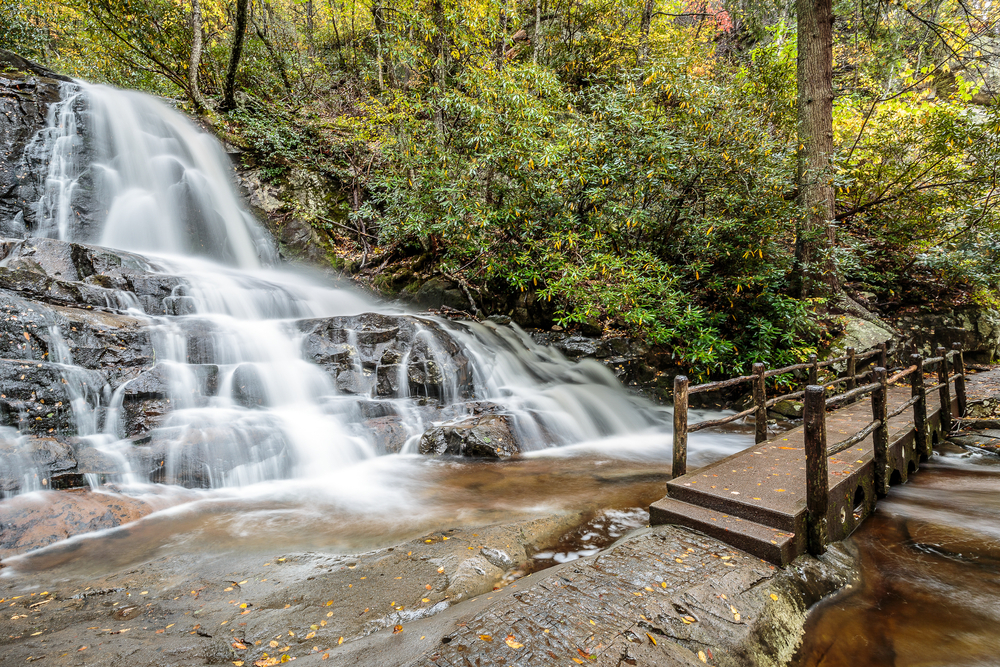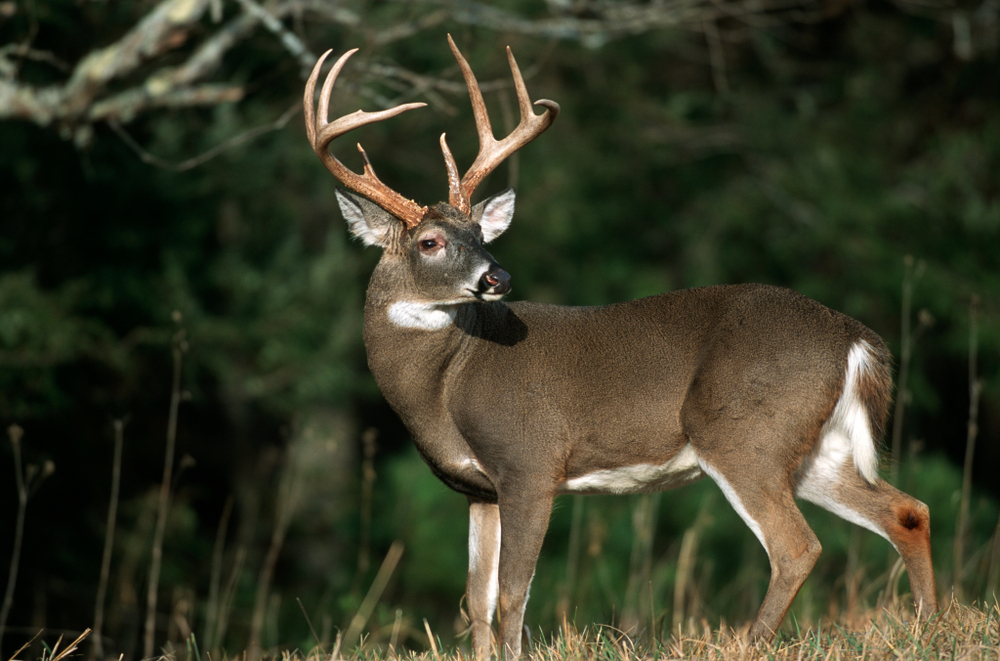Popular
Great Smoky Mountains National Park, straddling the border between North Carolina and Tennessee, is a biodiverse sanctuary famed for its ancient mountains and rich array of wildlife, drawing visitors eager to glimpse the park’s inhabitants in their lush, natural habitat.
American Black Bear – The park’s most iconic animal, American Black Bears are frequently observed foraging in forests and meadows, a symbol of the wild Appalachian wilderness.
Elk – Reintroduced to the park in 2001, Elk have thrived, their majestic antlers and bugling calls in the fall drawing visitors to Cataloochee Valley.
White-tailed Deer – Abundant throughout the park, White-tailed Deer are often seen at dawn and dusk, grazing in clearings and along the edges of forests.
Wild Turkey – Large and surprisingly agile, Wild Turkeys roam the park’s forests and fields, their presence a testament to successful conservation efforts in the region.
Salamanders – Dubbed the “Salamander Capital of the World,” the park is home to a vast diversity of salamanders, thriving in its streams and moist forests.
Pileated Woodpecker – This large, striking bird, known for its distinctive call and powerful pecking, is often seen and heard in the park’s woodlands.
Eastern Screech Owl – Small and camouflaged, the Eastern Screech Owl’s haunting trills and whinnies fill the night air, adding to the park’s nocturnal mystique.
Raccoon – Common yet charismatic, Raccoons are skilled foragers, often spotted along the park’s waterways and campgrounds, their masked faces a familiar sight.
River Otter – Once nearly extirpated from the area, River Otters have made a successful comeback, delighting visitors with their playful antics in the park’s streams.
Synchronous Fireflies – Although not wildlife in a traditional sense, the park’s synchronous fireflies offer a magical display in early summer, lighting up the night in synchronized flashes.
The wildlife of Great Smoky Mountains National Park, from the stealthy American Black Bear to the enchanting synchronous fireflies, enriches the visitor experience, showcasing the profound biodiversity and natural beauty of America’s most visited national park.








































































